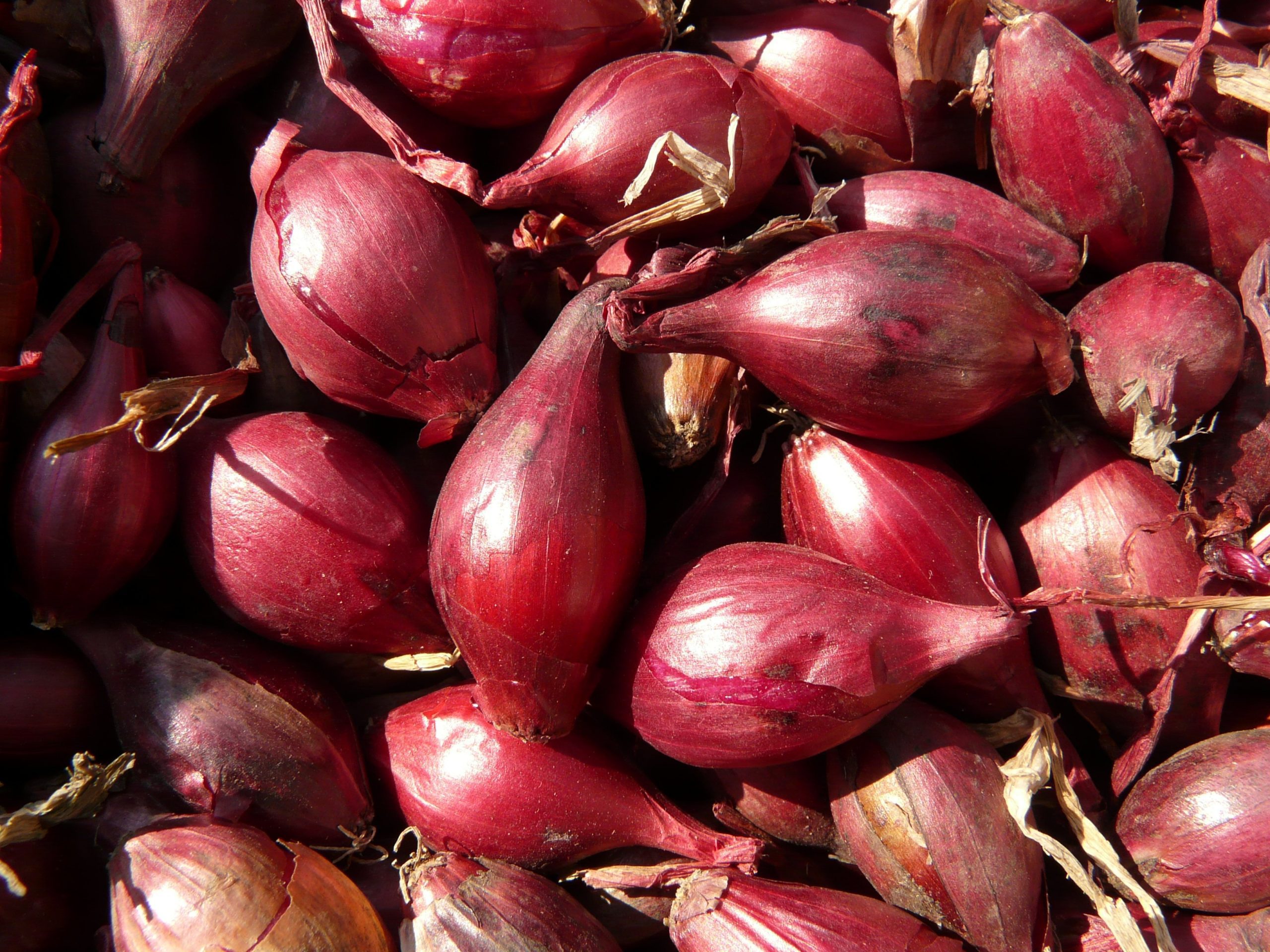
Firstly, introducing Auscrops, a wonderful market vending company bridging farmers and customers together through market vendors. Click here to find out more about shallot as well fruit and vegetable offers.
Shallot – The Benefits in the Kitchen
Shallots are an essential ingredient in many recipes and can add a unique flavor to any dish. But what exactly are shallots, and why should you consider adding them to your pantry? In this blog post, we’ll explore the history of shallots, their nutritional benefits, and tips for using them.
What Is a Shallot?
Shallots are a type of onion that belong to the same family as garlic, leeks, and chives. They are small onions with thin layers of edible skin that range in color from light yellow to brownish purple. Their flavor is slightly sweet and milder than regular onions and they often have a hint of garlic. They can be eaten raw or cooked, making them incredibly versatile in the kitchen.
Nutritional Benefits
Shallots are high in vitamins C and B6, which are important for heart health and immunity. They also contain potassium, magnesium, iron, phosphorus, zinc, copper, manganese, folate, niacin and thiamine—all necessary for healthy body functions. Furthermore, shallots contain phytonutrients like quercetin and kaempferol that help protect against cancer-causing free radicals. All these nutrients make shallots an excellent addition to any diet.
Using
Shallots used in a variety of dishes from breakfast to dinner. Chopped or sliced into salads or soups; fried or sautéed; they can even be puréed into sauces or dressings! Since they have a mild flavor profile compared to regular onions you don’t need to worry about overpowering other ingredients when using them—they’re perfect for adding just enough flavor without being too intrusive on your meal’s taste profile.
Conclusion:
Finally, Shallot’s offer so much potential as an ingredient! In brief, from its nutritional benefits to its unique flavor profile – there’s something special about this small vegetable that makes it worth adding into your meals regularly!
Click here to read similar articles.
 Français
Français 











